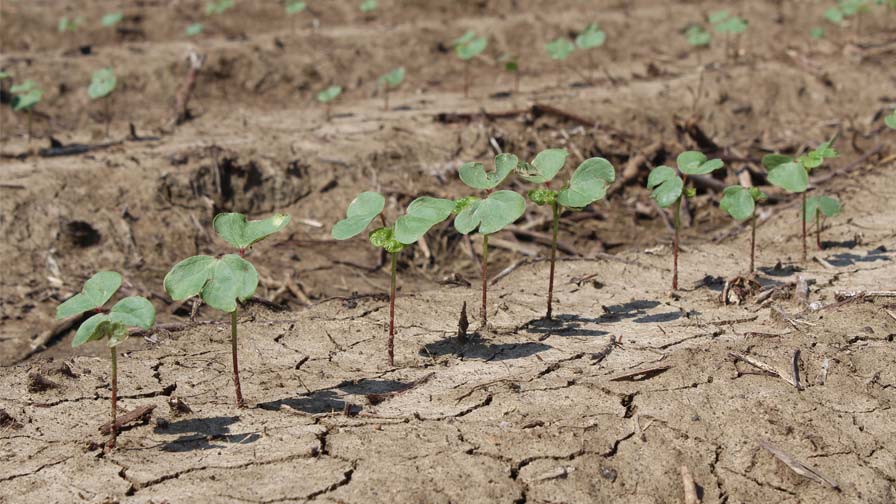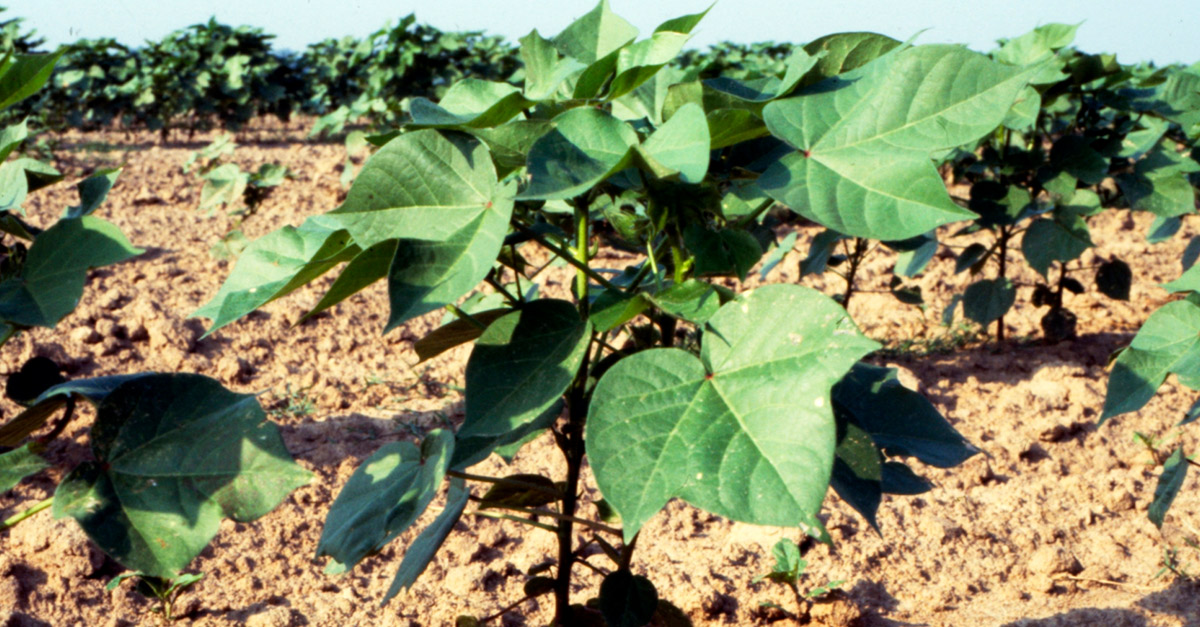Sources: China Cotton Output Set for Biggest Drop in a Decade
By Yi Tian
Boomberg
Cotton output in China, the world’s biggest consumer of the fiber, may drop 10 percent this year, the steepest decline in a decade, because farmers planted less, according Noble Group Ltd., Asia’s largest commodity trader.
Production in the harvest that starts in September probably will drop to a four-year low of 7.13 million metric tons (32.75 million bales), assuming normal weather conditions and slightly higher yields, Jeffery Lu, an analyst with the company’s Noble Cotton unit, said yesterday in a telephone interview from Shanghai. In 2008, China harvested 7.94 million tons, Lu said.
The land devoted to cotton declined 11 percent to a four- year low of 5.17 million hectares (12.8 million acres) as slumping prices and higher production costs encouraged farmers to sow other crops, said Lu, who toured fields last month in six of the eight biggest growing regions in China. Most of the cotton is planted by the end of April.
The projected drop in China’s output may help extend this year’s rally in prices, Lu said. Cotton futures already are up 19 percent this year in New York as production fell and on speculation that textile mills will increase stockpiles to prepare for a recovery in the global economy.
Prices paid to Chinese farmers by seed-cotton ginners and so-called middlemen tumbled as much as 21 percent from the start of the harvest, as the global recession slowed demand for apparel and textiles, Lu said, citing the National Cotton Market Monitoring System’s Cncotton-S index.
The government acquired one-third of last year’s domestic production in a bid to bolster state reserves and halt the slide in prices. “The rescue came too late,” Lu said. “The damage had been done.”
Rising Costs
Also discouraging cotton planting was a 30 percent jump in production costs last year, mostly from a doubling of fertilizer prices and wages paid to workers who pick bolls, Lu said. Excessive rainfall in the Yangtze River region during the harvest damaged last year’s yields, reducing farm income, and government subsidies for grains and oilseeds are more favorable, he said.
Farmers in the northwest, including the Xinjiang Autonomous Region, China’s largest cotton producer, cut planted acreage by 10 percent, according to Lu’s assessment following his four-week trip to the area. In the Huanghe region, the second-largest grower, planting dropped 11 percent, while Yangtze, the third- biggest producer, had a 14 percent decline, Lu said.
Lu’s estimate for China’s cotton production is below the 33 million bales that the U.S. Department of Agriculture projected on May 12.








